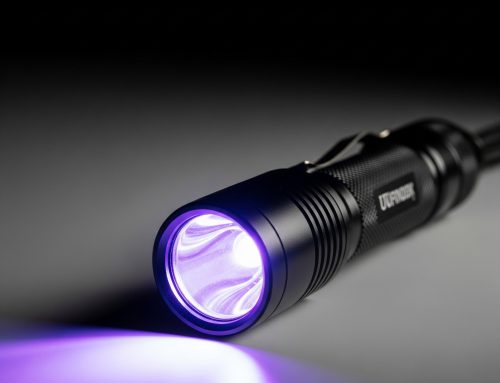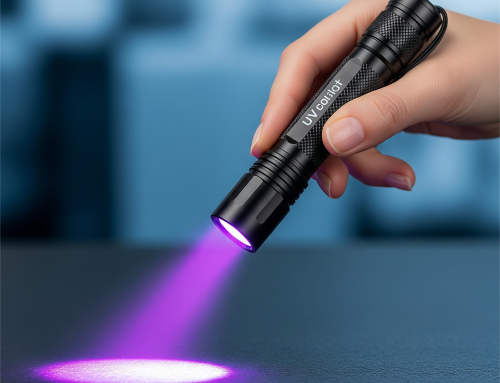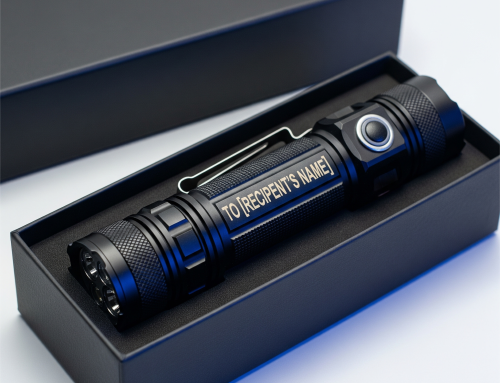Ultraviolet (UV) flashlights have become indispensable tools in biological research due to their ability to excite fluorescence in various biological molecules. This property makes them invaluable for a wide range of applications.
- Gel Electrophoresis:?UV light is used to visualize DNA, RNA, and proteins separated on agarose or polyacrylamide gels. Ethidium bromide, a common DNA stain, fluoresces under UV light, allowing researchers to visualize and quantify nucleic acids.
- Fluorescence Microscopy:?UV light is used to excite fluorescent dyes and proteins, allowing researchers to visualize cellular structures, protein localization, and dynamic processes within living cells.
- Western Blotting:?UV light can be used to visualize proteins on membranes after they have been transferred from gels. Proteins are often labeled with fluorescent dyes that emit light when exposed to UV radiation.
- Microscopy of Fluorescent Organisms:?Many marine organisms, such as jellyfish and corals, contain fluorescent proteins. UV light can be used to observe and study these organisms.
- Studying Plant Physiology:?UV light can be used to study plant responses to stress, such as drought or pathogen infection. Many plants produce fluorescent compounds in response to stress, which can be visualized using a UV flashlight.
Advantages of UV Flashlights in Biological Research:
- Sensitivity:?UV light can detect very small amounts of fluorescent molecules.
- Specificity:?Fluorescent dyes can be designed to bind to specific molecules, allowing researchers to target specific biological processes.
- Non-invasive:?UV light can be used to study biological samples without damaging them.
Safety Considerations:
- Eye Protection:?UV light can damage the eyes, so it is essential to wear UV-protective eyewear when using a UV flashlight.
- Skin Protection:?Prolonged exposure to UV light can cause skin damage. Wear gloves and protective clothing when handling UV sources.
- Sample Degradation:?Excessive exposure to UV light can damage biological samples, so exposure time should be minimized.
In conclusion, UV flashlights are versatile tools with a wide range of applications in biological research. By understanding the principles of fluorescence and taking appropriate safety precautions, researchers can effectively use UV light to gain valuable insights into biological processes.



